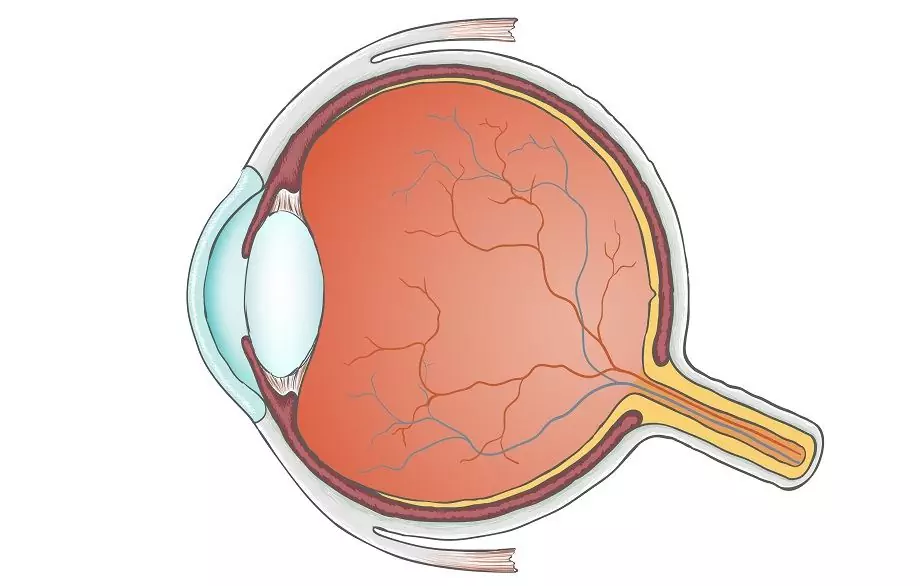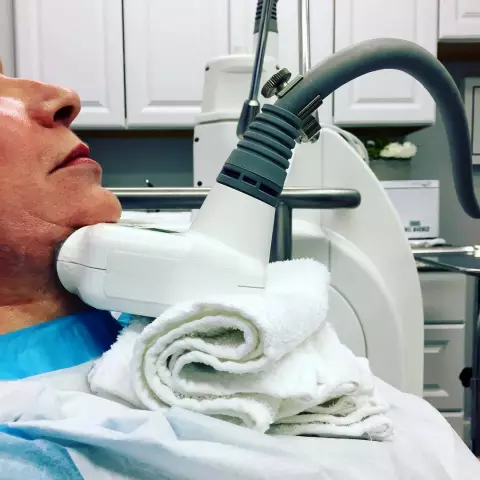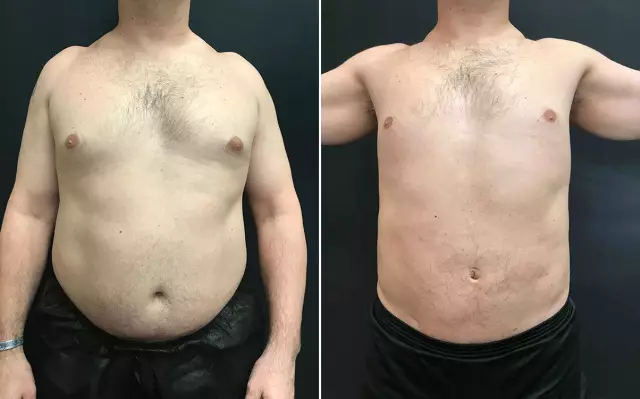- Author Rachel Wainwright [email protected].
- Public 2023-12-15 07:39.
- Last modified 2025-11-02 20:14.
Presbyopia
General characteristics of the disease

Presbyopia or age-related hyperopia is a natural, albeit unpleasant physiological phenomenon. With age, the lens of the human eye gradually loses its ability to accommodate, i.e. the ability to adapt the optical power of the eyes to the changed point of focused vision.
Early symptoms of eye presbyopia are observed on average in a person at the age of 40-45 years. It was during this period that he begins to experience the first difficulties in working with small objects or when reading. For some time, presbyopia can be compensated for by placing an object at a person's arm's length.
However, when this method begins to fail, one has to think about correcting presbyopia using methods available to modern medicine.
First of all, patients with various forms of hyperopia suffer from eye presbyopia. They begin to experience problems with distance vision earlier than other people, at about 35 years of age.
Presbyopia symptoms
Symptoms of presbyopia include blurry vision, blurring near vision. This makes many familiar activities uncomfortable for a person: reading, working at a computer, various types of needlework. Presbyopia forces a person to constantly strain their eyes and leads to systemic eye fatigue, headache and general ill health - the so-called asthenopia caused by visual discomfort.
Diagnosing presbyopia
Presbyopia is diagnosed during visual acuity testing using special equipment - a phoropter. It is an ophthalmic device in the form of a helmet with various optical lenses and a projector. The phoropter measures the refractive power of the human eye. The method of computer autorefractometry has similar possibilities in the diagnosis of eye presbyopia.
Presbyopia treatment

The most affordable way to correct presbyopia is with bifocals. They have two types of focus and can be used for both distance and close vision. This feature is provided by the different focal strength of the top and bottom of the lenses of bifocals.
An analogue of the optical method for treating eye presbyopia is multifocal contact lenses. They guarantee visual acuity at close, medium and distant objects. If necessary, for presbyopia, glasses can be used simultaneously with the lenses.
Surgical treatment of eye presbyopia
There are also several possible methods in the surgical correction of eye presbyopia.
The leading place in the surgical treatment of presbyopia is occupied by laser thermokeratoplasty. Another name for the technique is LTK. Correction of presbyopia with LTX occurs with the help of radio waves. They reshape the cornea of the human eye and improve visual acuity in mild presbyopia. However, the adaptive capabilities of the lens continue to decline, and over time, the use of LTC as a method for correcting presbyopia becomes ineffective.
A more advanced technology for the surgical treatment of presbyopia is called LASIK. During it, the eye with the best visual acuity is assigned as the leader, and the shape of its cornea is changed with the help of an excimer laser for distance vision. The cornea of the other eye is deformed for near vision. And when seeing with both eyes at the same time, a person with presbyopia creates a situation of optimal vision clarity.
The most radical method of surgical correction of eye presbyopia is lens replacement. In the combined course of age-related farsightedness with cataracts, this technique is the best option for treating presbyopia. Instead of the removed lens, the patient is implanted with a multifocal lens. It is able to compensate for any violations of human refraction, including eye presbyopia.
YouTube video related to the article:
The information is generalized and provided for informational purposes only. At the first sign of illness, see your doctor. Self-medication is hazardous to health!






